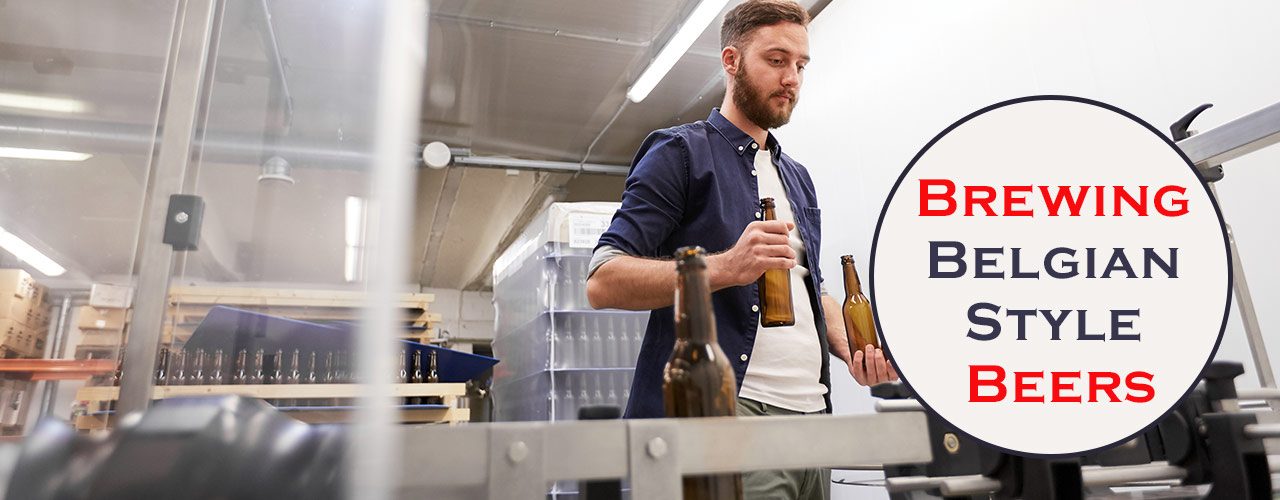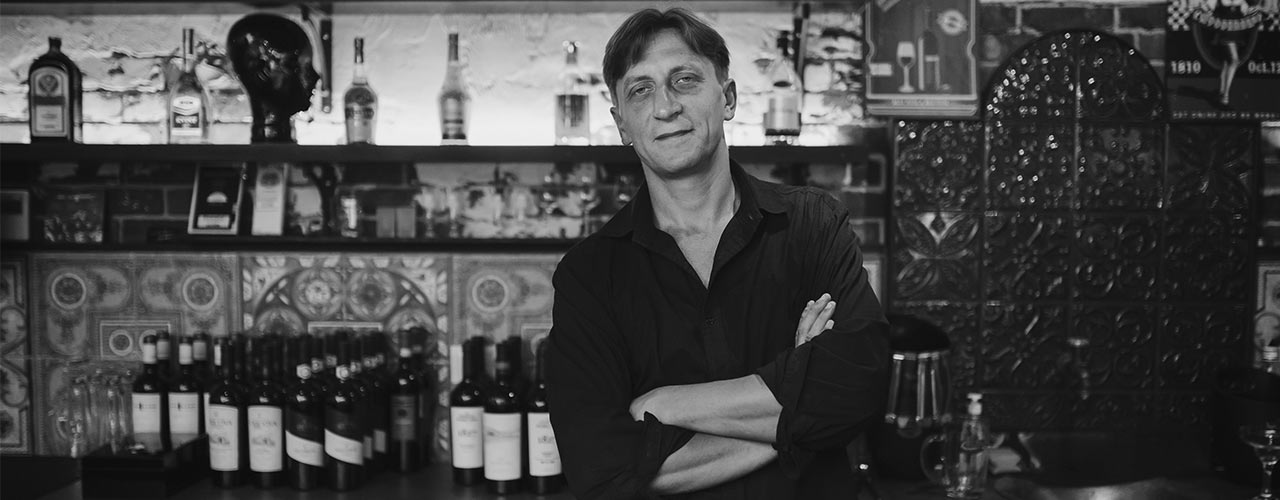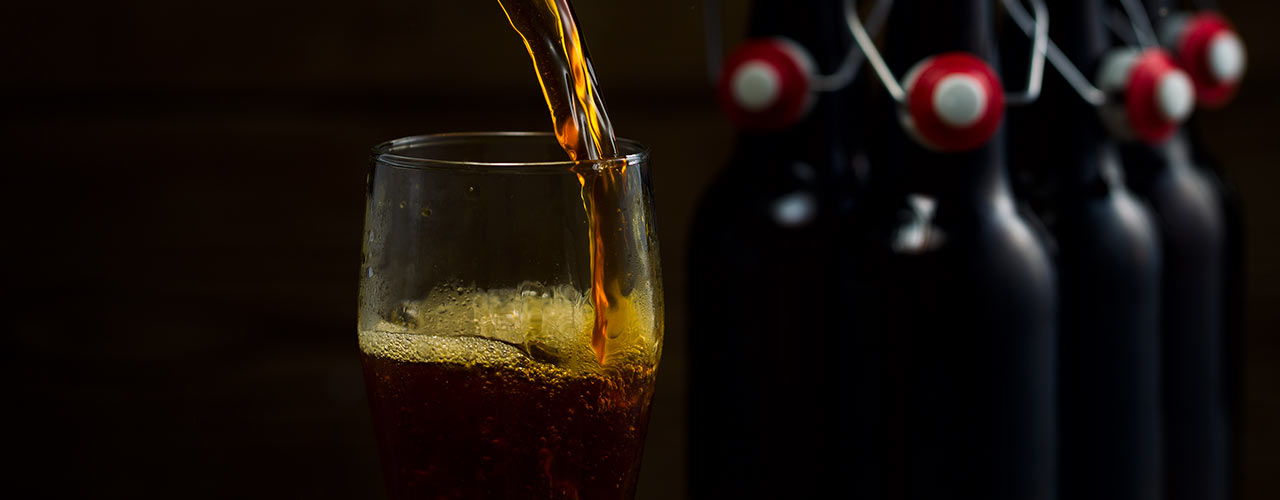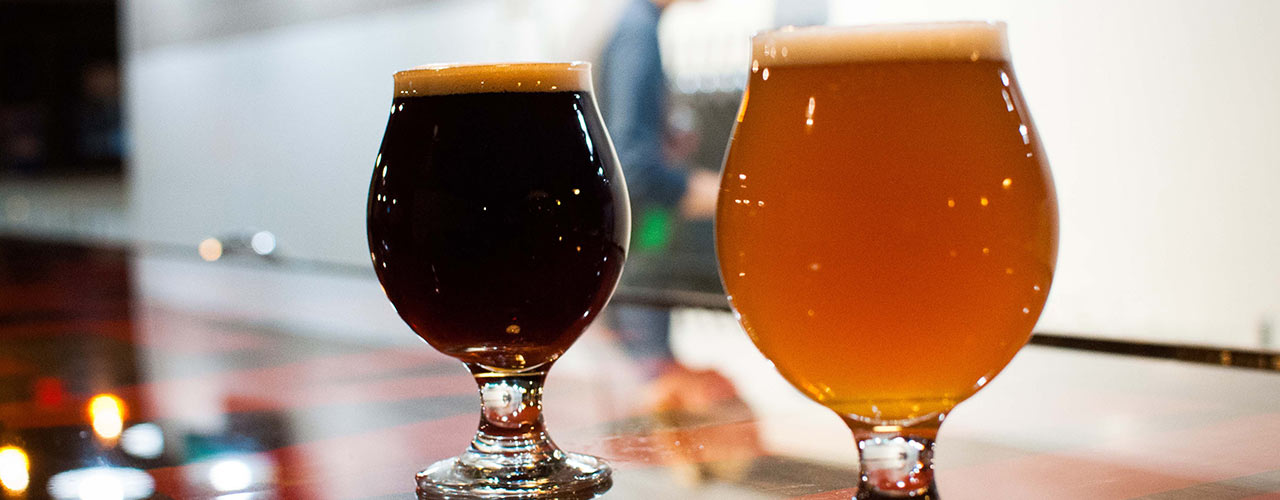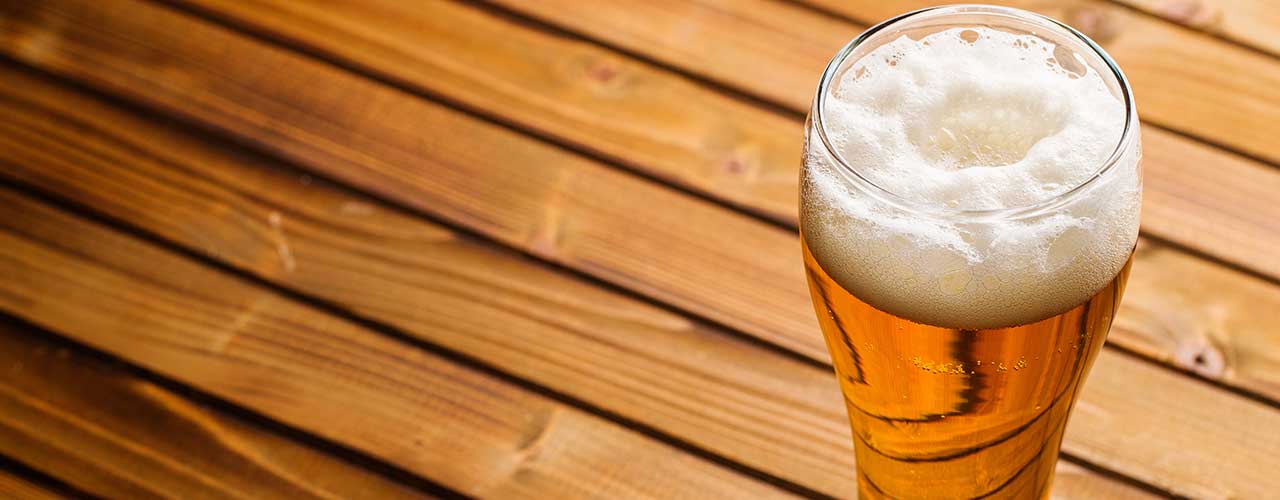When we think of Belgium, we are reminded of Smurfs, Tintin, chocolates, Hercule Poirot and of course, Belgian style brews.
With that said, while Belgian-style beers have a huge fan following, sadly, they are often brewed wrong. Under-hopped, under-attenuated, under-carbonated, too sweet, too spicy, too boozy, there are plenty of ways you can get it wrong.
Here, in today’s post, we’ve rounded up the top 5 tips from master brewers to help you nail your Belgian-style brews perfectly.
Lock up your spice cabinet
Great Belgian beers generally aren’t spiced. Yes, it’s true that some of the most famous beers from Belgium have a dash of coriander and other spices. But, with that said, most of Belgium’s beers are left unspiced.
If you really must add spice – say for brewing a traditional Hoegaarden-style Witbier, then go easy on the spice. Remember, to start with a teeny-tiny pinch of the spice. The idea for adding spice to a Belgian-style brew is to add complexity. You don’t want to make your brew end up tasting like the spice you have added.
Use Hops according to the Style
This is a complete article by itself. Here, we try to keep the hoppy topic as brief as possible.
The history of hops in Belgian-style brews is a long and complicated one. For a brief time in history, between the end of the Second World War and the start of the Cold War, many speciality brews in Belgium were strong and sweet, so as to distinguish them from the popular lagers. But, then with the introduction of the craft beer movement, hops began to make an entry. In fact, several Belgian-brews today are quite hoppy.
So, when working with Belgian-style brews, don’t go overboard with the hops. Instead, embrace hops judiciously based on the particular beer style, you are brewing.
Mashing Matters
This is another topic that could fill an entire textbook, and covering it in depth is beyond the scope of this article. We’ll try to keep it brief and concise.
To begin with, Belgian brews use multi-step mashes. Yes, mashing is an elaborate multi-step process. Ok, let’s back up that a bit. Think back to some of the best Belgian ales you tasted over the years. Think of that pillowy foam head that looks thick like a stiff whipped meringue. Try to imagine the body of the beer that had consistent carbonation throughout.
Generally, while brewing, you mash all your beers at a single temperature. When you follow this procedure, you miss out on the signature head retention and the full-mouth feel of the body. In fact, a nice head is a must for Belgian beer drinkers and hence, this multi-step mashing.
Don’t hold back on Carbonation
Here, we have to mention two important points. First, Belgian ales are mostly bottle conditioned, and carbonation is not forced. Bottle conditioning is a unique process that impacts the mouthfeel, an appearance of the beer while creating complex flavours. Additionally, when you bottle condition beer, it has a longer shelf life.
The second factor to consider here is plenty of sharp little bubbles. Belgian ales generally are highly carbonated, which impacts both presentation and mouthfeel. Most Belgian style beers have carbonation volumes well over 3.0. (With such high levels of carbonation, it makes sense to invest in thicker bottles for Belgian ales).
Yeast doesn’t play a Huge Role as You Imagine it to Be
Very often, brewers rely too much on yeast to work its magic while brewing Belgian-style beers. They obsess over yeast strains, pour over online yeast catalogues to pick the right yeast strain. Brewers believe that they can achieve a particular style of beer by using yeast from that place. Sorry to break the bubble, just because you use a “Belgian” style yeast strain, it doesn’t automatically make your beer Belgian.
So, apart from focusing on the yeast, you have to follow the other tips mentioned above to get perfect Belgian style brews.
If you’re trying to replicate some of the popular Belgian brews, here are a few key stats to help you out:
Orval
Mash Schedule:
- 61◦C (142◦F) for 15 minutes
- 72◦C (162◦F) for 30 minutes
- 77◦C (170◦F) for 10 minutes
Followed by sparging at 77◦C (170◦F)
Carbonation: 5.0 Volumes
IBU: 38
Tripel
Mash Schedule:
- 53◦C (127◦F) for 20 minutes
- 63◦C (145◦F) for 20 minutes
- 68◦C (154◦F) for 10 minutes
Followed by sparging at 80◦C (176◦F)
Carbonation: 4.3 Volumes
IBU: 53
Saison Dupont
Mash Schedule:
- 45◦C (113◦F)
Gradually raise it to 72◦C (162◦F) for over 90 minutes
Carbonation: 3.5 Volumes
IBU: 32
Hope these five tips gear you in the right direction while brewing Belgian ales. And, remember for the best beers (including Belgian style brews), you need the right equipment. And, for sourcing, the best beer brewing equipment in India, imported from the best overseas manufacturers reach out to our team by stating your requirements.


